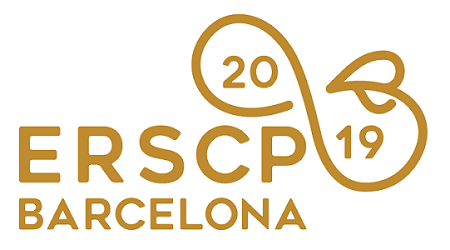Full Program »
Sustainable sporting goods: Assessing costumers’ role via choice experiments with sport bars and fitness shirts
Sports products comprises a multitude of different goods such as tennis rackets, soccer balls, functional garments for swimming, climbing, hiking, as well as specialised food items such as energy drinks and energy bars. Environmental impacts e.g. of materials used in sport products and well as the benefit of specialised food and dietary supplements have been amply investigated. The question on the potential of sports articles to contribute to sustainable societal development however, has rarely been addressed.
We approach this research gap by comparing consumer reactions towards two different product choice scenarios – the choice of a fitness shirt and the choice of a sports energy bar. We investigated the relevance of four product cues that have a particular sustainability dimension for each sport article category. Using a choice experiment setting, we were able to derive relevant factors supporting or hampering sustainable choices when buying sporting goods.
The product attributes tested in the online choice experiments conducted in autumn 2018 in Germany were price (three levels), sustainability certification (no/ organic/fair for the energy bar and no/blue design/fairwear for the shirt), energy content for the fitness bar in kcal (three attribute levels) and material for the shirt (also three levels, merino/lyocell, a mix of polyester and elasthan), as well as shipping method (two levels, CO2 neutral/included). We asked respondents to imagine an online market situation. The criteria taste (e.g. chocolate bar vs. nuts bar) and particular diets were assumed to be constant for the food as well as for the criteria brand and cutting form for the garment.
A valid sample of n=177 was used for the analysis, which provided striking differences between the food and the garment. Sustainability certification was much more relevant for the food choice (37%) than for the garment choice (15%). A possible explanation is that in the food market well known sustainability labels are established whereas the sustainability labels in the fashion sector are less known. Another influencing factor might be the price differences used and displayed in the choice experiments. While the difference in percentage between the price levels displayed in both scenarios was similar, the absolute difference between a low price and a high price was considerable with EUR 1.40 as maximum difference for the energy bar and EUR 30.00 maximum difference for the shirt. Price was the most important attribute for both, shirts (46%) and bars (38%). Consumer segmentation provides various insights into consumer group preferences. For example, results reveal that women tend to choose low energy sports bars because they assume this product to be healthier. Women also prefer Tencel over other materials, while men do not show this preference. The results identify clear opportunities to identify the most promising strategies to promote sustainable sporting goods - and could be used to inform suppliers and policy on possible pathways.
